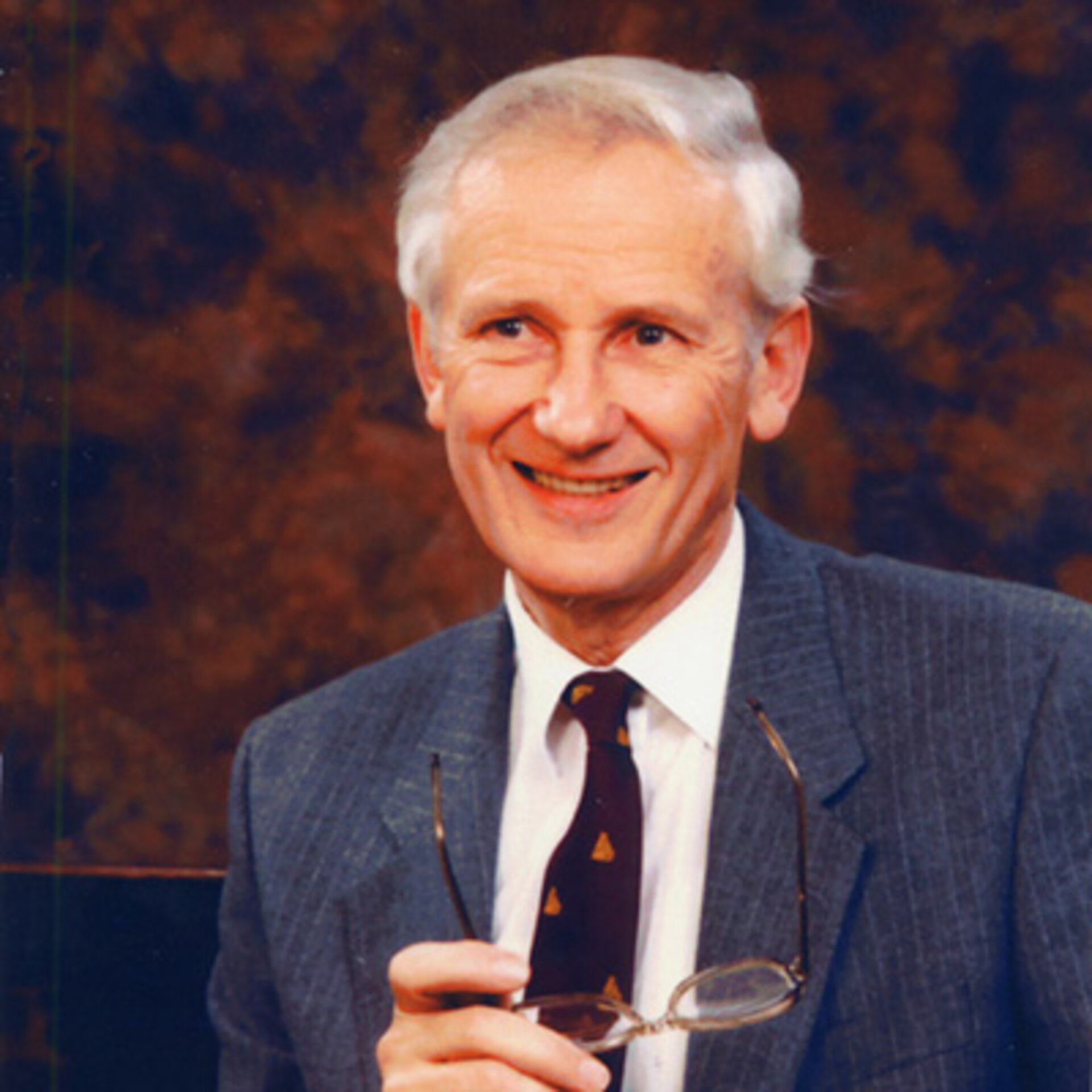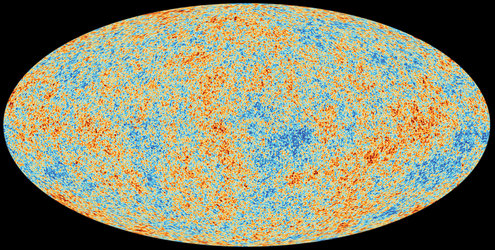Are there other universes out there? An interview with Rod Davies
Rod Davies' mind has been flexible enough to match the quick pace of cosmology in the last third of the 20th century. He was attracted to astronomy by Fred Hoyle's idea that new matter is constantly being created, and hence there's no such thing as a 'beginning of the Universe'. But Davies' research during the last 40 years has helped not only to disprove the so-called 'Steady State' theory, but to build, refine and strengthen a different model, that of the Big Bang.

Rod Davies
Astronomer, Jodrell Bank Observatory, United Kingdom.
With his team, he pioneered the study of the 'first light', the Cosmic Microwave Background (CMB), which holds a wealth of information about the origin and evolution of the Universe.
ESA: Which questions have you been asked most often by the layman?
Rod Davies
The most common question that I have been asked is: "What existed before the Big Bang?", followed by "What lies beyond the outer edge of the Universe?" and "Was the emergence of life and intelligent beings inevitable in the scheme of things?"
It is probably not fair to give 'nothing' as the response to the first two questions because there may be a genuine scientific uncertainty in our understanding of these fundamental and philosophical questions. The third question is engaging considerable scientific attention as more is discovered in the physical and biological sciences.
Planck will be able to tell us about the role of inflation in the first instant of the life of the Universe.
ESA: Will ESA's Planck satellite finally solve the question of how the Universe began?
Rod Davies
Planck, with its wide frequency coverage and using state-of-the-art equipment, will provide uniquely sensitive maps of the structure of the early Universe. With such maps it will be possible to establish accurately the basic parameters of our Universe - its size and age, its mass and the amounts of the different types of matter.
But of course the derived values of the parameters depend on the assumed cosmologies - the basic theories describing the properties of the Universe. Consequently Planck will be able to tell us about the role of inflation in the first instant of the life of the Universe; the cosmological constant - which describes the expansion force; the possible 'strings' or 'textures'; the level of ionisation in the early Universe.
The nature of science in addressing such big questions is such that there are always more questions, further demands to look at the fundamentals. Planck will most likely produce results which are not in accord with currently accepted theory or will discover structures such as strings or textures that cry out for further observations - with higher angular resolution or more sensitivity for example. I am sure there will be a 'Son or Daughter of Planck'.
Planck may weel throw up further anomalies that will ead to a revision of the Big Bang scenario.
ESA: Is the Big Bang model enough to explain the observations gathered so far?
Rod Davies
The Big Bang model appears to be generally consistent with the basic observational facts - the expansion of the realm of the galaxies, the consistency of the independently measured age and size of Universe. However, already an extra factor has emerged from the observations - a cosmic repulsion seems to be at play and new physics seems to be necessary. Planck may well throw up further anomalies that will lead to a revision of the Big Bang scenario.
Particle physics and our studies of the Early Universe interact at the point of our fundamental understanding of the nature of matter in possibly the environment of supersymmetry, and is epitomised in the question of the existence of the Higgs particle [a subatomic particle whose existence is predicted by theory].
ESA: What comes next? What discoveries will cosmology bring us this new millennium?
Rod Davies
One can dream about where cosmology may lead, but prediction is hazardous. If civilisation advances as it has over the last 500 years, the possibilities are legion. One can imagine that the origins of the Universe, of matter and of time may be understood. New laws of physics applicable beyond the scale of the Earth-bound laboratory and which govern the large-scale structure of the Universe may help us understand what potentially lies outside the currently understood limits of our own Universe or indeed before the Big Bang.
Are there other Universes out there? Well, that's another dream. In the last 100 years radio waves generated on Earth, beginning with Marconi, have penetrated 100 light years into our Galaxy, sweeping by 1000 or more stars and their planetary systems. In the next 1000 years a vaster volume of the Galaxy will be aware of our existence and any intelligent beings may try to communicate back to us with their knowledge of cosmology. They may have already jumped the 1000 years of the new millennium! But we will have to wait for the response with their insights into the master plan of the Creator. However it is only a dream. We will want to search for the answers ourselves.
ESA: And finally, on your involvement in the best tool to observe that first light, Planck?
Rod Davies
It is thrilling to have a central part in the world's leading CMB telescope!















 Germany
Germany
 Austria
Austria
 Belgium
Belgium
 Denmark
Denmark
 Spain
Spain
 Estonia
Estonia
 Finland
Finland
 France
France
 Greece
Greece
 Hungary
Hungary
 Ireland
Ireland
 Italy
Italy
 Luxembourg
Luxembourg
 Norway
Norway
 The Netherlands
The Netherlands
 Poland
Poland
 Portugal
Portugal
 Czechia
Czechia
 Romania
Romania
 United Kingdom
United Kingdom
 Slovenia
Slovenia
 Sweden
Sweden
 Switzerland
Switzerland


























